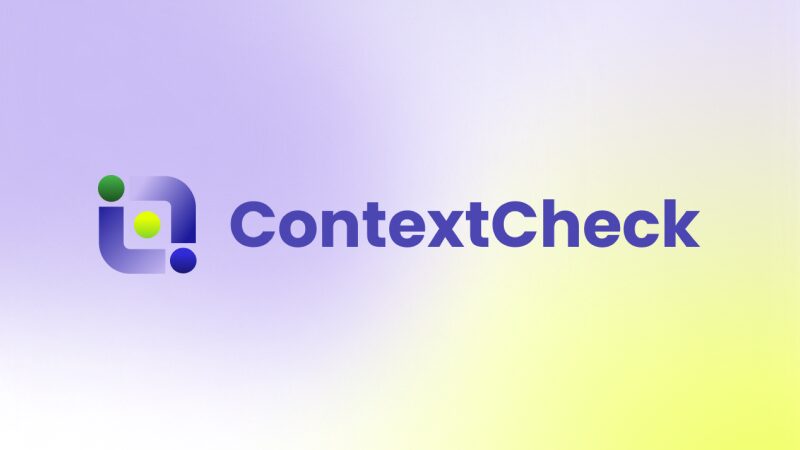
October 09, 2024
Machine Learning pioneers win Nobel Prize
Reading time:
3 minutes
Two researchers, John Hopfield and Geoffrey Hinton, have been awarded the 2024 Nobel Prize in Physics for their pioneering contributions to machine learning, which have laid the foundation for today’s advancements in artificial intelligence. The Royal Swedish Academy of Sciences announced the award on October 8.
Hopfield, from Princeton University, introduced a network model in 1982 that mimics brain function by storing patterns as low-energy states. This breakthrough allows systems to recreate images from similar prompts, laying the groundwork for what is now known as associative memory.
Hinton, from the University of Toronto, built on Hopfield’s concept by incorporating statistical physics into a more layered version of the network, enabling image recognition and classification.
Ellen Moons, chair of the Nobel committee, emphasized that their discoveries are the “building blocks of machine learning,” profoundly influencing fields like physics and materials science.
Hinton, often referred to as the “godfather of artificial intelligence,” expressed his surprise at receiving the award, noting that the impact of machine learning could rival that of the Industrial Revolution in transforming society.
Instead of exceeding people in physical strength, it’s going to exceed people in intellectual ability. We have no experience of what it’s like to have things smarter than us. And it’s going to be wonderful in many respects. But we also have to worry about a number of possible bad consequences, particularly the threat of these things getting out of control – said Geoffrey Hinton in the open call with reporters and the officials from the Royal Swedish Academy of Sciences.
AI “mimicking” human brain works
Hopfield and Hinton’s discoveries have been the foundation for many of the recent advances in artificial intelligence. Since the 1980s, their work has paved the way for the development of artificial neural networks, a type of computer architecture inspired by the structure of the human brain.
By imitating how our brains form connections, neural networks enable AI systems to “learn by example.”
Developers can train these networks to recognize complex patterns by providing large amounts of data, which powers some of the most prominent AI applications today, from language generation to image recognition
AI is both a great opportunity and a threat
While today’s AI advancements might overshadow early developments like Hopfield networks, the Nobel Prize underscores the critical importance of those foundational contributions. Hopfield’s original network used just 30 neurons, while modern systems, such as ChatGPT, leverage millions.
However, despite the validation of early work on neural networks through modern AI breakthroughs—especially in generative models like ChatGPT—not all pioneers are entirely celebratory.
In 2023, after leaving Google’s AI division, where he worked for over a decade, Hinton expressed concerns about the rapid pace of AI development and joined the growing call for stricter regulation of the technology.
Category:



